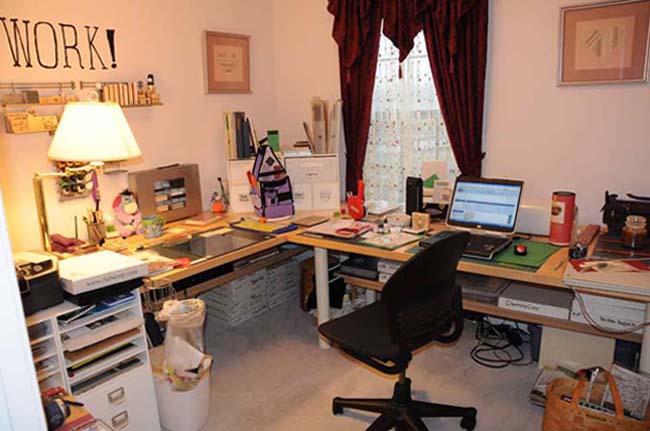According to that, I've just taken both good and bad pictures of waterfalls. Here's a 'bad' one.

Yes, I used a tripod, and cable release. I set the camera for 1/30 of a second and used f 5.6. The water is blurred, but not smooth.
I stopped down to f 16, used a shutter speed of 1/6 of a second and got this one.

The water is smooth. Please don't think that I framed up these not so interesting shots of water falling, I've cropped down to a lower resolution section of each image, so I don't overload a web browser.
But think about what I had to do. I had to go to a shutter speed that was one fifth of the speed of the first one, to get the smooth water effect. I shot in the still of the morning. The trees (that you can't see) are also in focus, as there was no wind to stir them and make them blur with that long exposure. I had moved my camera down to the lowest ISO setting that I could, which for the settings and lens that I was using would be ISO 100, or pretty darned slow. There are a few things I can do to get slower than that, but I wasn't willing to go through the process for test shots.
What if I couldn't find water in shadow, and there was so much daylight that a slow shutter speed at the lowest possible ISO setting would have gotten me nothing but a blown out, over exposed failure? I could use a special filter that cuts down the amount of light getting through to the camera sensor. These are called neutral density filters and they come in 2, 4 and 8 density, cutting out two, four or eight f stops worth of light. I'm thinking that a 4 would be a good place to start, and the next one I'd get would be an 8.
Another thing to realize is that there is no one perfect exposure setting. To some folks, the 'bad' water shot looks just fine. And in truth, there isn't a whole lot that is wrong with it. It simply doesn't look the way I wanted it to look, with smooth, silky water.
With experience, I will learn what shutter speeds will give me smooth water. I couldn't say for sure that 1/8 of a second, or 1/15, or 1/20 would work to give smooth water. I know that 1/6 does work and that 1/30 does not. I need to take more pictures and test. And a shutter speed might work for a waterfall, and not for a fountain, with individual droplets of water falling that are widely separated. Right now, I'm just playing around with my camera, gaining experience. Do I ever expect to need this skill? I doubt it, but it certainly is fun to learn new things!





No comments:
Post a Comment